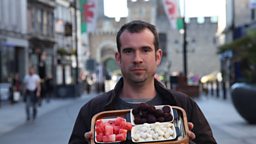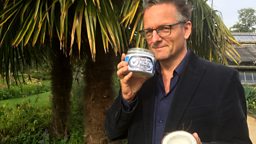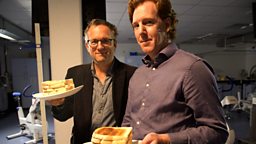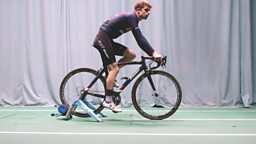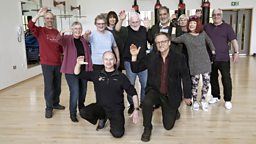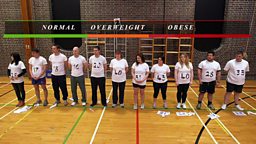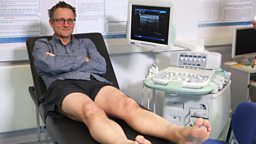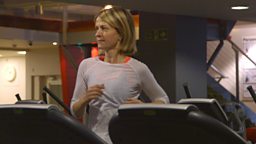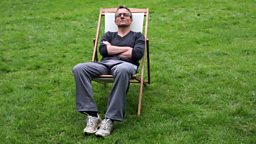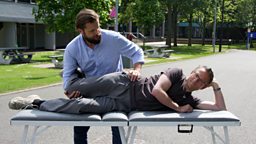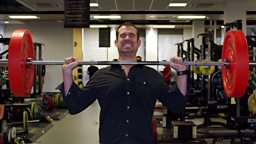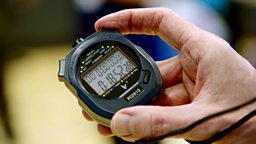Do I really need to exercise for 30 minutes at a time to get the health benefits?
For many of us, fitting in all the exercise we’re supposed to do can be challenging.

Last year, it was revealed that 41% of middle-aged adults (aged 40 – 60) do less than 10 minutes of brisk walking a month, however the current guidelines are that we should be doing at least 150 minute of moderate intensity exercise a week. Although current guidelines suggest we do this in five 30-minute sessions, it’s not surprising that many of us struggle to find the time.
So we wanted to find out whether we could still get the benefits of exercise by breaking it down into smaller portions – an approach known as ‘exercise snacking’.
The experiment
We teamed up with from Wolverhampton University and from Aston University. We recruited a group of middle-aged adults who were generally inactive and who could be at risk of developing serious illnesses like type 2 diabetes.
They all came into the lab at Wolverhampton University on three separate days where they were randomly assigned to one of three interventions. These were:
- Sitting quietly for six hours doing no exercise.
- Doing one bout of brisk walking for 30 minutes (half an hour after eating breakfast).
- Doing six 5 minute walks, one every hour, totalling 30 minutes across the day (again starting 30 minutes after breakfast).
Each participant did all three interventions.
We wanted to see what impact these different approaches to exercise would have on two key measures – blood glucose levels, and triglyceride levels (a measure of fat in the blood).
When we eat, the levels of fats and sugar in our blood increase and if these levels remain high for extended periods it can be bad for our health. However, when we do aerobic exercise, our bodies use up these sugars and fats, which helps to keep our levels under control.
On each of the three days, we took baseline blood measures from our volunteers before they ate a high fat and high carbohydrate breakfast. 30 minutes later, they began their assigned activity. We measured their blood glucose levels every 30 minutes and their triglyceride levels every 2 hours. Three hours after their breakfast they were also provided with the same high fat, high carbohydrate meal to eat.
The results
We found that the average blood glucose and triglyceride levels across the group fell by around 40% on the day when the volunteers did their 30 minutes of continuous brisk walking, compared to the day when they did no activity. Surprisingly, these levels also fell by around 40% when the volunteers broke down their walking into six five minute chunks spread across the day.
Our experiment was only conducted with a small number of people, but other research in this area has found similar effects.
This means that if you don’t have time to do 30 minutes of exercise all in one go, you can break your exercise down into smaller “snacks” which might fit more easily into your daily routine. Even short bursts of brisk walking will provide you with health benefits that could reduce your risk of cardiovascular disease and metabolic disorders.
Related links
How do I know if I’m walking fast enough?
In order to get benefits from walking, you need to get your heart rate up. A good rule of thumb is to walk fast enough that you are nearly out of breath. You should still be able to hold a conversation, but not be able to sing. The NHS has an app called Active 10 which can help you gauge your speed.






